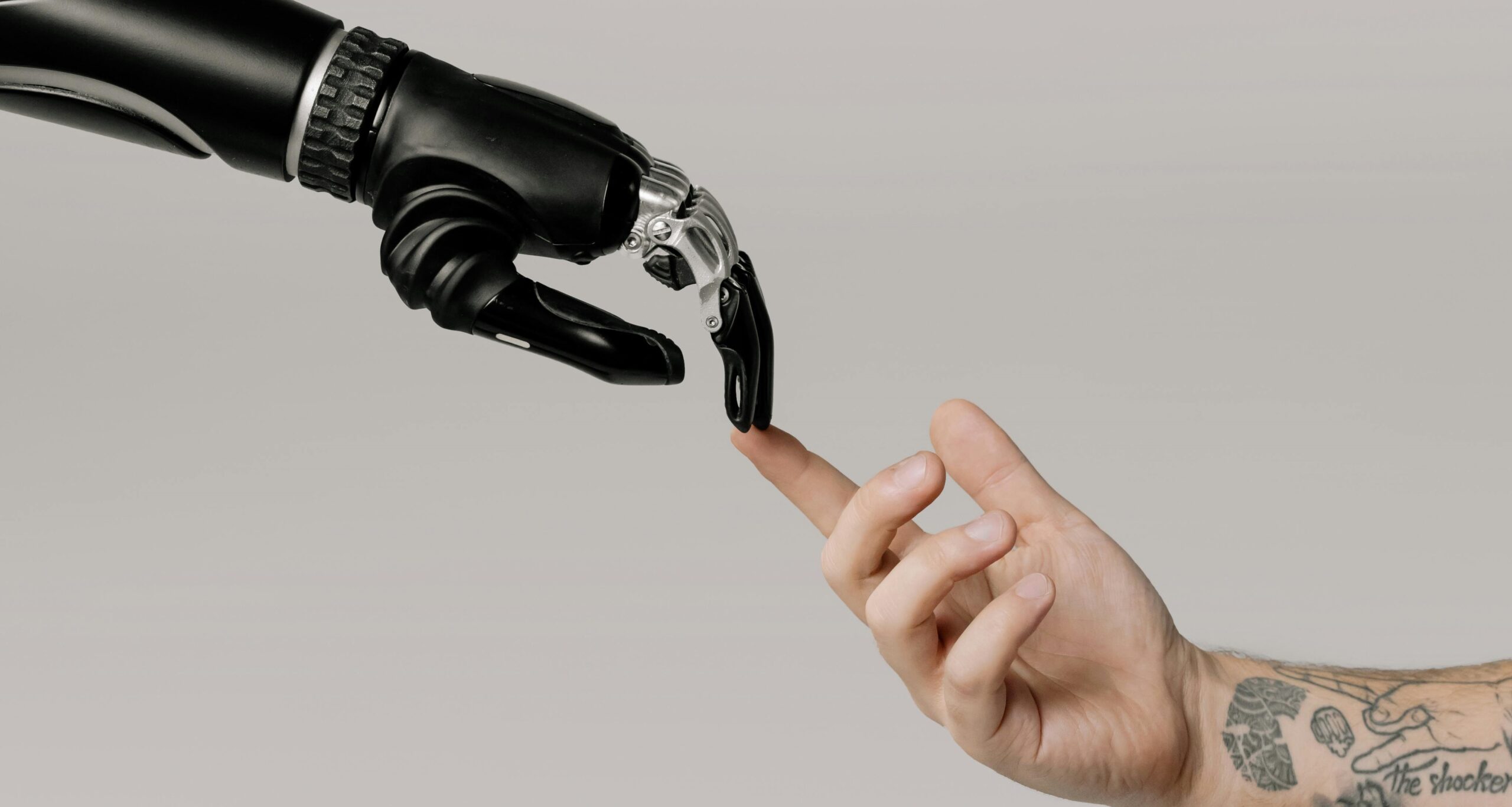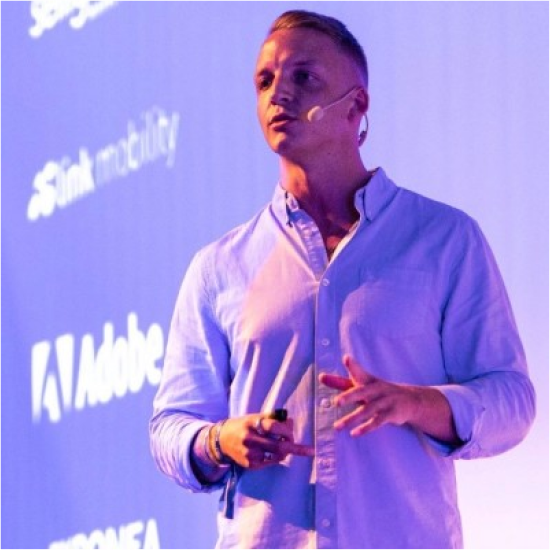The world of branding and marketing is constantly evolving, and 2025 is set to bring even more exciting shifts. With advancements in AI, growing consumer expectations for authenticity, and the rising importance of sustainability, businesses must adapt their strategies to remain competitive.
In this blog, we’ll dive into the top branding and marketing trends for 2025, backed by research and real-world examples. From hyper-personalisation powered by AI to the rise of quiet luxury, these trends are shaping the future of how brands connect with their audiences.

1. Hyper-Personalisation Takes Center Stage
Consumers no longer settle for generic experiences. Hyper-personalisation uses AI and machine learning to analyse individual behaviours, preferences, and historical data to deliver real-time, tailored content. This trend is about creating one-to-one interactions that make customers feel valued and understood.
What’s Driving This Trend?
- Advances in AI and data analytics are enabling deeper insights into customer behaviors.
- Consumers are demanding experiences that feel authentic and relevant to their unique needs.
Key Examples:
- Amazon: Their “frequently bought together” and personalized homepage recommendations use AI to drive upselling and cross-selling.
- Netflix: Their AI algorithms suggest shows and movies based on individual viewing habits, reducing churn.
- Spotify: Playlists like “Discover Weekly” personalize the user experience and boost retention.
Actionable Tips for Brands:
- Invest in AI-powered personalisation tools like Salesforce Einstein or Adobe Sensei.
- Collect and prioritize first-party data while respecting customer privacy.
- Use predictive algorithms to anticipate customer needs and make timely suggestions.
Source: McKinsey reports that companies using advanced personalisation see a 20% lift in customer satisfaction and a 40% increase in revenue (McKinsey & Company, 2022).

2. Purpose-Driven Branding Continues to Lead
Today’s consumers want brands to stand for something bigger than profits. Purpose-driven branding focuses on aligning a company’s values with social and environmental causes, such as sustainability, diversity, and ethical practices.
Why It Matters:
- 70% of Gen Z and Millennials are willing to spend more on purpose-driven brands (Nielsen, 2023).
- Brands with strong purpose-driven strategies grow at 2x the rate of their competitors (Deloitte, 2023).
Key Examples:
- Patagonia: Known for environmental activism, they donate 1% of sales to climate-focused initiatives.
- Ben & Jerry’s: Bold campaigns promote LGBTQ+ rights and racial equality.
- Dove: Their “Real Beauty” campaign supports inclusivity and challenges beauty standards.
Actionable Tips for Brands:
- Identify a cause that aligns authentically with your brand values.
- Partner with NGOs to amplify efforts and lend credibility to your initiatives.
- Be transparent about your progress and avoid superficial “greenwashing.”

3. The Rise of Quiet Luxury
Consumers are moving away from flashy logos and loud branding toward understated elegance and quality craftsmanship. This trend, known as quiet luxury, emphasizes timeless appeal, minimalism, and exclusivity.
What’s Fueling Quiet Luxury?
- The post-pandemic shift toward meaningful, long-lasting purchases.
- Affluent Millennials and Gen Xers are choosing brands that focus on quality and craftsmanship over trendiness.
Key Examples:
- Bottega Veneta: Known for their no-logo designs, their focus is on craftsmanship and subtle elegance.
- Apple: Although a tech company, Apple’s minimalist design philosophy aligns with quiet luxury principles.
- Luxury Travel: Exclusive, off-the-grid experiences are replacing mainstream luxury vacations.
Actionable Tips for Brands:
- Emphasize storytelling around craftsmanship and heritage.
- Use premium materials and highlight sustainability in production.
- Minimize overt branding to appeal to consumers seeking a more refined experience.
Source: Affluent consumers are increasingly loyal to brands that focus on understated luxury and sustainability, as reported by Bain & Company (Bain, 2023).

4. Short-Form Video Dominates Content Marketing
Short-form videos have taken over social media platforms like TikTok, Instagram Reels, and YouTube Shorts. These snackable, engaging formats are ideal for capturing attention quickly, especially among younger audiences.
Why It’s Effective:
- Videos are shared 12x more than text and images combined (HubSpot, 2023).
- 84% of consumers say video influences their purchasing decisions (Wyzowl, 2023).
Key Examples:
- Duolingo: Their humorous TikToks resonate with Gen Z, making the brand approachable and fun.
- Samsung: Uses Reels and Shorts to creatively showcase product features.
- Guess: Their #InMyDenim TikTok challenge generated millions of views and user-generated content (UGC).
Actionable Tips for Brands:
- Focus on platforms like TikTok, Instagram Reels, and YouTube Shorts.
- Partner with influencers to create relatable, authentic content.
- Add captions and effects to improve accessibility and engagement.

5. Sustainability as a Core Value
Sustainability is no longer optional—it’s a necessity. Consumers demand accountability from brands, expecting them to prioritize eco-friendly practices and social responsibility.
What’s Driving This Trend?
- 85% of Gen Z and Millennials consider sustainability when making purchasing decisions (Deloitte, 2023).
- 57% of consumers are willing to switch to more sustainable brands (IBM, 2023).
Key Examples:
- Adidas: Their “Futurecraft Loop” sneaker is fully recyclable, closing the loop on waste.
- L’Oréal: Plans to use 100% sustainable ingredients by 2030.
- Unilever: Reduced its plastic usage by 50% since 2015, setting an example for corporate responsibility.
Actionable Tips for Brands:
- Audit your supply chain to identify sustainability opportunities.
- Invest in renewable energy and eco-friendly materials.
- Clearly communicate your sustainability goals and progress to consumers.

6. Conversational Marketing Gains Momentum
Consumers now expect immediate responses to their inquiries, making conversational marketing a must-have strategy. Real-time interactions through AI chatbots, live chat, and voice assistants enhance customer experiences and streamline the buying journey.
Why It Works:
- 82% of consumers expect immediate responses to their questions (HubSpot, 2023).
- Chatbots can handle up to 80% of routine queries, improving efficiency and reducing costs.
Key Examples:
- Domino’s Pizza: Lets customers place orders through Facebook Messenger and Alexa.
- Sephora: Offers beauty advice via chatbots and messaging apps.
- Uber: Uses WhatsApp in India to enable seamless ride-booking.
Actionable Tips for Brands:
- Use platforms like Drift, Intercom, or Zendesk to integrate chatbots and live chat.
- Train bots to handle FAQs while directing complex queries to human agents.
- Leverage insights from conversations to refine your marketing strategy.
Final Thoughts
The year 2025 promises to be a transformative period for brands and marketers. By embracing trends like hyper-personalisation, purpose-driven branding, quiet luxury, and sustainability, businesses can forge deeper connections with their audiences and remain competitive in an ever-changing landscape.
Ready to future-proof your brand? Start by integrating these trends into your marketing strategy today!


